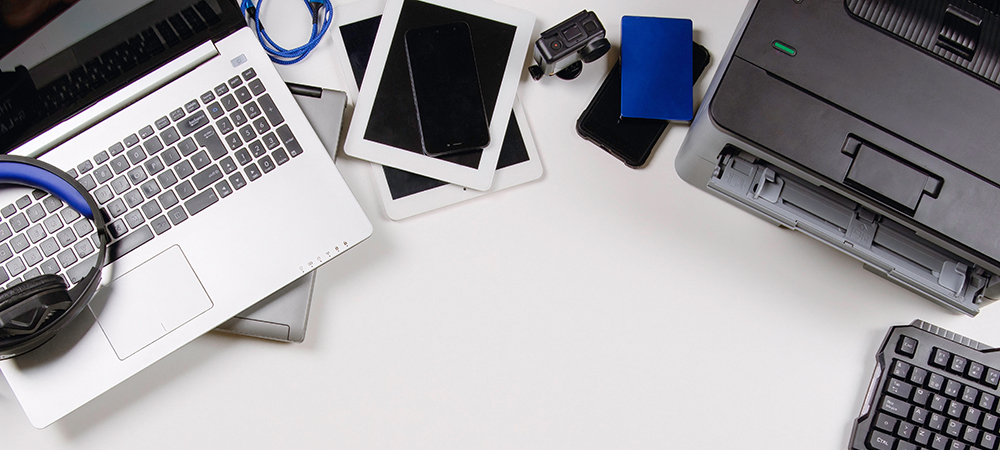Xperien is a leading South Africa-based IT Asset Disposition (ITAD) company striving to reduce the global e-waste problem and optimise the lifecycle of IT hardware. We hear from Xperien ITAD specialist Bridgette Vermaak about the benefits of effective disposal of retired IT assets.

Companies shouldn’t let old tech go to waste, they should dispose of their old devices instead of letting them collect dust in a drawer or storage. Outdated PCs, laptops, monitors and other IT equipment could easily be converted into revenue or even be refurbished and reused or sold.
Xperien ITAD specialist Bridgette Vermaak says out with the old and in with the new. “Companies constantly acquire new technologies that results in a corresponding and often overlooked increase in retired IT assets. “These outdated PCs, laptops, monitors and other IT equipment tend to quietly pile up in storerooms.”
She says this is the perfect time of the year for companies to schedule a year-end asset disposal and data destruction campaign. “There is no time better than now to clear out storerooms and start the new year with a clean slate. These old electronics can be used as a ‘trade-in’ on new or refurbished equipment, or even converted into cash.”
However, Vermaak warns that asset disposition must be done professionally as it presents unique challenges and potential costs that companies seldom consider. “Scrapping storeroom bound computers without proper consideration for data protection processes and regulations, or the proper elimination of data, could be disastrous for any company.”
Disposing of old tech has become a business-critical process with the introduction of new laws and regulations. Companies need to implement a sustainable IT asset program by engaging with a reputable IT asset management company that can provide the effective recovery, reuse and retirement of redundant IT assets.
“Also, disposing of this equipment in a haphazard manner, through auctions or staff sales, is extremely risky. Very few companies understand the principles of IT asset disposal and very few know how to meet legislative compliance while reducing total cost of ownership,” she adds.
IT disposal has legislative requirements, compliance to Protection of Personal Information Act (POPIA), General Data Protection Regulation (GDPR), the National Environmental Waste Management Act 2008 (NEMWA 2008) and the Consumer Protection Act 68 of 2008 (CPA).
Vermaak says, if done correctly, IT disposal could mean a new revenue stream. “Most businesses struggle to manage IT assets effectively because they do not have a clear picture of the assets they have deployed. Consequently, they probably pay unnecessary insurance and other charges due to inaccurate IT asset inventory data.”
Companies are also finding innovative ways to maximise profits through green initiatives. The new trend is to rather refurbish than recycle, adopting a circular approach ensures enormous business and economic benefits. This method recognises the value of ‘waste’ and repurposes these items as alternative resources that can be used again in a circular cycle.
Regardless of how old or beat up electronics are, one should never dispose of electronic devices irresponsibly. This electronic waste could seriously hurt the environment or end up in a landfill. There are many other options available, one could either sell old devices for cash or donate them to a good cause.
“In order to manage these valuable assets more efficiently, drive down costs, increase productivity and reduced risk, business leaders need clear picture of the entire lifecycle of an IT asset – with a spotlight on IT disposal. Through sustainability efforts, we can help companies ensure a healthy and sustainable environment for future generations to come,” she concludes.
Click below to share this article

